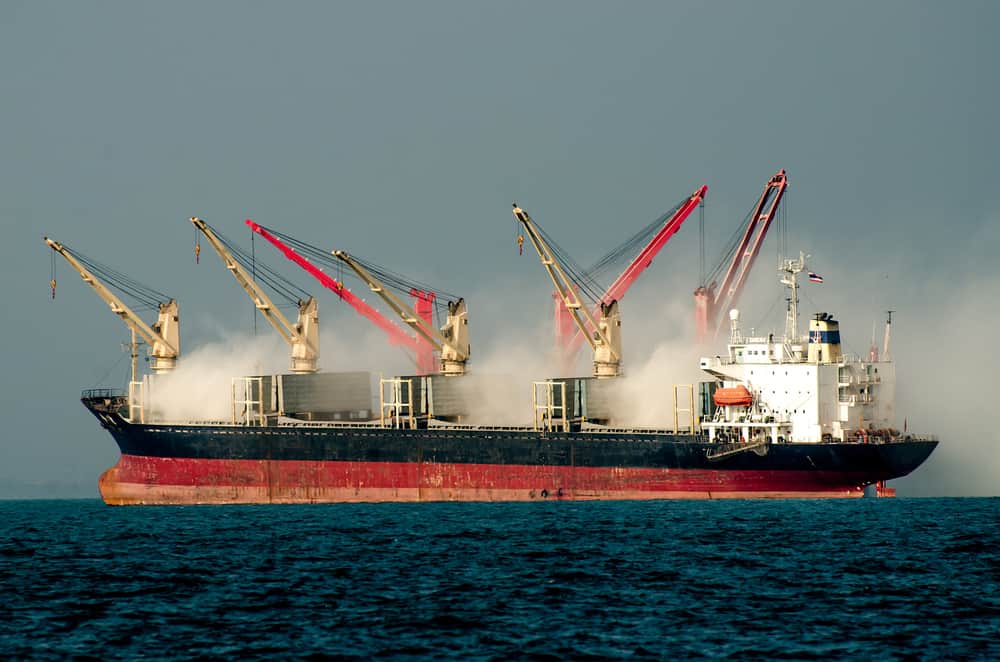There have been two recent incidents over the past month where general average was declared by shipowners, leaving many importers wondering what general average is and how it works.
A fire started on board the Yantian Express, which was en-route from Colombo to Canada at the beginning of January. It took days and a great amount of effort before the fire was able to be contained. Additionally, the same incident happened at the end of January, this time on board the 9200-TEU APL Vancouver, off the Vietnamese coast.
As an importer, you might think that such incidents may never happen to your containers, but it is a real possibility and risk if you are shipping internationally.
In order to manage such situations, there are procedures in place and these procedures are defined by general average.
The following are some examples of the situations where general average might be declared:
- Fire on board.
- Stranded or grounded ship due to machinery breakdown.
- Shift of containers due to a heavy storm or other inclement weather-related incidents which may threaten a ship’s stability.
- Situations where the vessel needs assistance from tugs or other vessels.
- Calling at port of refuge.
General average has been in existence since around the year 530 AD. It is a principle where all stakeholders share losses proportionally in the event of an emergency or danger which may require partial voluntary sacrifice in order to save the whole ship. The costs that occur in order to save the ship and its cargos in order to prevent greater danger is shared between all stakeholders in that vessel.
General average is defined by The York Antwerp Rules as follows, “That which has been sacrificed for the benefit of all shall be made good by the contribution of all.” The latest revision was made in 2004. These are the rules that are recognized internationally and they lay guidelines for the handling of maritime losses.
There are two principal types of general average costs: general average sacrifice and general average expenditure.
- The jettison of cargo to prevent a ship from sinking is an example of general sacrifice.
- In the event of a fire, fire extinguishing costs are classified as general average expenditures.
- The amount payable by ship and cargo interests is the general average contribution. It is calculated by the average adjusters.
The following steps are asked to be followed by the shipowner when general average is declared:
1. General Average Security: Before cargo can be delivered, shipowners may ask for a copy of the cargo invoice and an Average Bond, completed and signed by owners of the cargo. For insured cargo, an Average Guarantee completed and signed by insurers of the cargo is required, while for uninsured cargo, a cash deposit is required.
2. Salvage Security: In addition to general average security, Salvage Security may also be required, and is determined by salvors. The 1989 Salvage Convention defines a salvage operation as: “any act or activity undertaken to assist a vessel or any other property in danger in navigable waters or in any other waters whatsoever.”
Importers may suffer a great deal when general average is declared.
Cargo might be partially or fully damaged. And, even if there is no damage to cargo, there will be extreme delays in deliveries until the general average procedures are completed, which may result in penalties, fines and chargebacks from end buyers.
Regardless of how advanced or powerful vessels are, general average claims are a risk for importers. Having cargo insurance is peace-of-mind in the case of these extreme cases.




